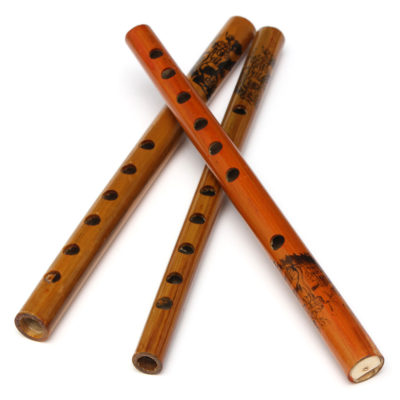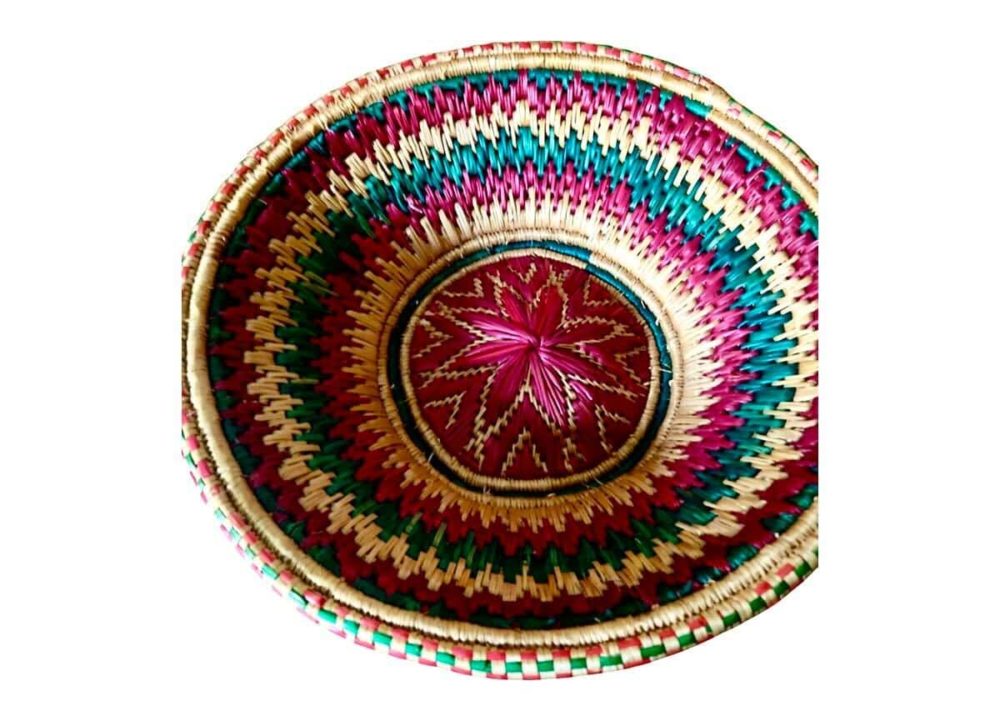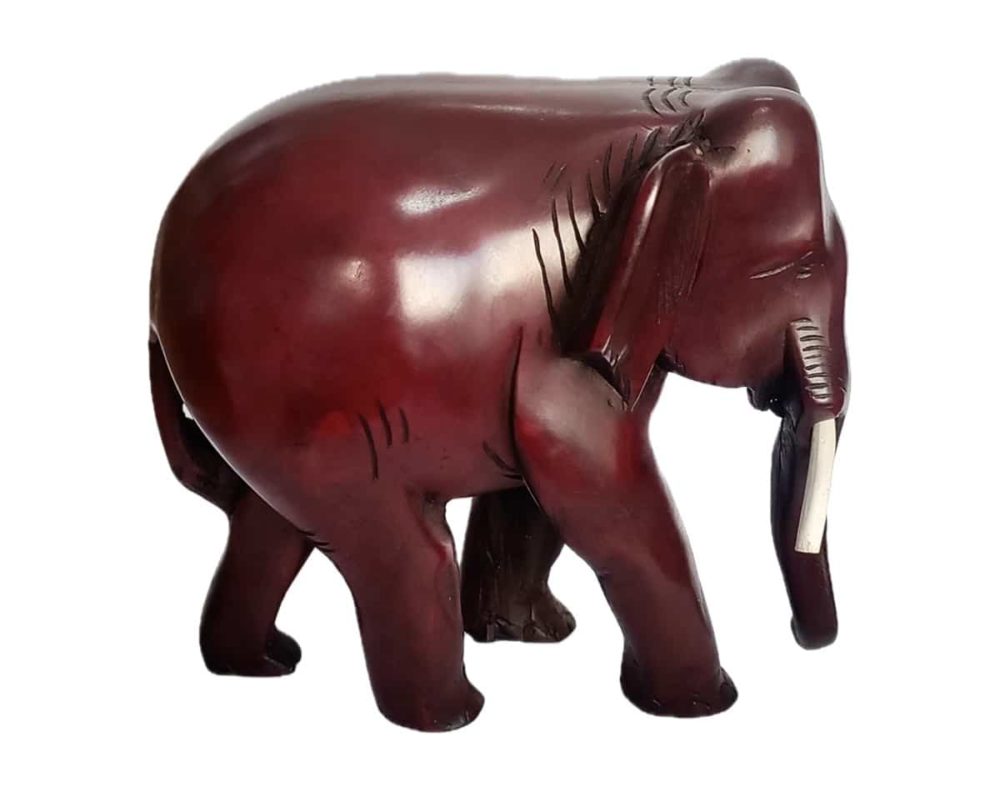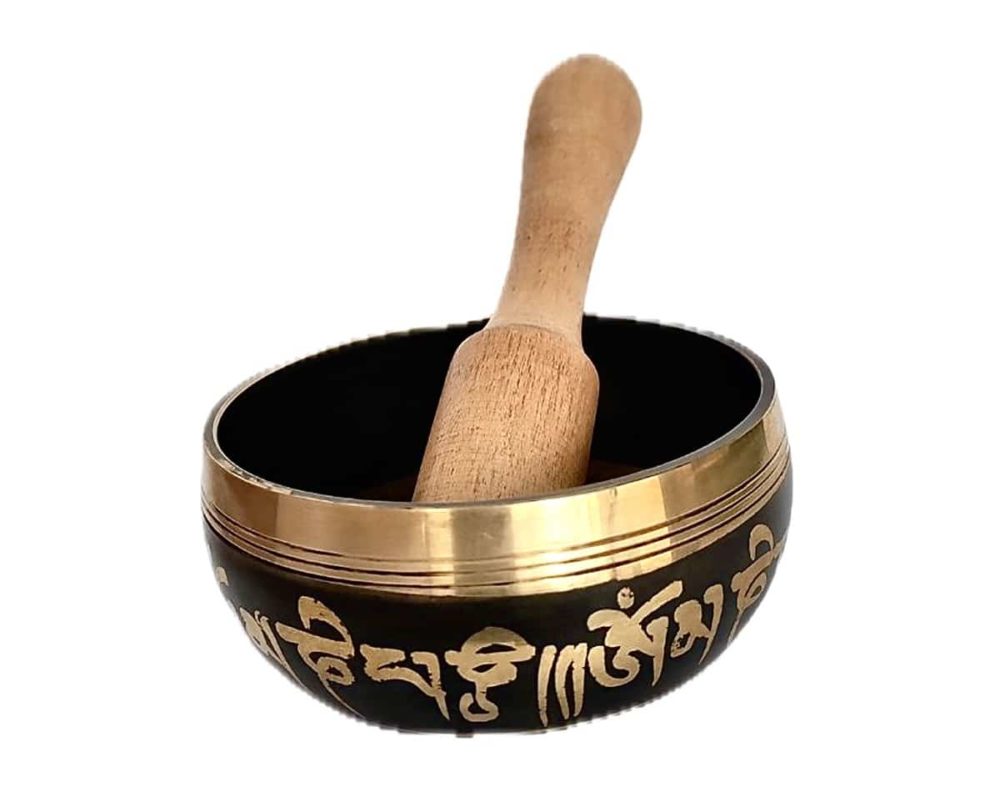
Similar Posts

Christmas 2015 Big Discount Offer In All Handmade Gift Items
Christmas Shopping With Much Ease iMartNepal Wish All Handmade Lovers Merry Christmas & Happy New…

The history of Gurkhas and Khukuri

“Better to die than be a coward” is the motto of the world-famous Nepalese Gurkha soldiers who are an integral part of the British Army. They still carry into battle their traditional weapon curved knife known as the Khukuri.In times past, it was said that once a Khukuri was drawn in battle, it had to “taste blood” – if not, its owner had to cut himself before returning it to its sheath.

Most Interesting Thing One Could See in Nepal
Nepal: Land of Mysteries
If you are traveling to Nepal, there are so many things that you should know so that your subconscious will be prepared to deal with every improbable encounter which may befall upon you. Social norms set by the oriental religions like Hinduism and Buddhism, you can feel the aura of mysticism around the temples like Pashupatinath and Swayambhunath.

Bansuri: The Best Nepali Musical Instrument
The word bansuri originates in the Sanskrit: “bans” which simply mean bamboo and “Sur” which…



 Brass Om Meditation Bowl
Brass Om Meditation Bowl  Ethnic Mithila Basket
Ethnic Mithila Basket  Elephant (Red)
Elephant (Red)  Buddha Eyes Hand-Etched Singing Bowl
Buddha Eyes Hand-Etched Singing Bowl  test product
test product